- Find categories: Choose a type (like animals, films or economics), and compare subjects within that category – wild animals to farm animals, Star Wars to Star Trek, private companies to public companies, etc.
- Random Surprising Fact: Dig for fun facts which could make great topics. Did you know that chickens can be traced back to dinosaurs?
- Movie vs. Book: Most of the time, the book is better than the movie — unless it’s Blade Runner or Lord of the Rings. If you’re a pop culture lover, compare movies vs. books, video games, comics, etc.
- Attending a college course vs. distance-based learning.
- Writing a research paper vs. writing a creative writing paper. What are the differences and similarities?
- The differences between a Bachelor’s Degree and a Master’s Degree.
- The key aspects and differences between the US and UK education systems.
- Completing assignments at the library compared with doing them at home. Which one is the most efficient?
- The similarities and differences of the behaviour between married and unmarried couples.
- The similarities and differences between the EU (European Union) and ASEAN (The Association of Southeast Asian Nations)?
- The similarities and differences between American and Canadian English.
- Writing an internship report vs. writing a research paper.
- The differences between US colleges and colleges in the EU?
- Compare and contrast essays need powerful transitions. Try learning more about transition sentences using the words we provided for you in the “Compare and Contrast Structure and Outline” section.
- Always clarify the concepts you introduce in your essay. Always explain lesser known information—don’t assume the reader must already know it.
- Do not forget to proofread. Small mistakes, but in high quantities, can result in a low grade. Pay attention to your grammar and punctuation.
- Have a friend or family member take a look at your essay
Compare and contrast papers rely heavily on factual analysis. Two outline methods can help you organize your facts: use the block method, or point-by-point method, to write a compare and contrast essay outline.
How to Start a Compare and Contrast Essay: Brainstorm Similarities and Differences
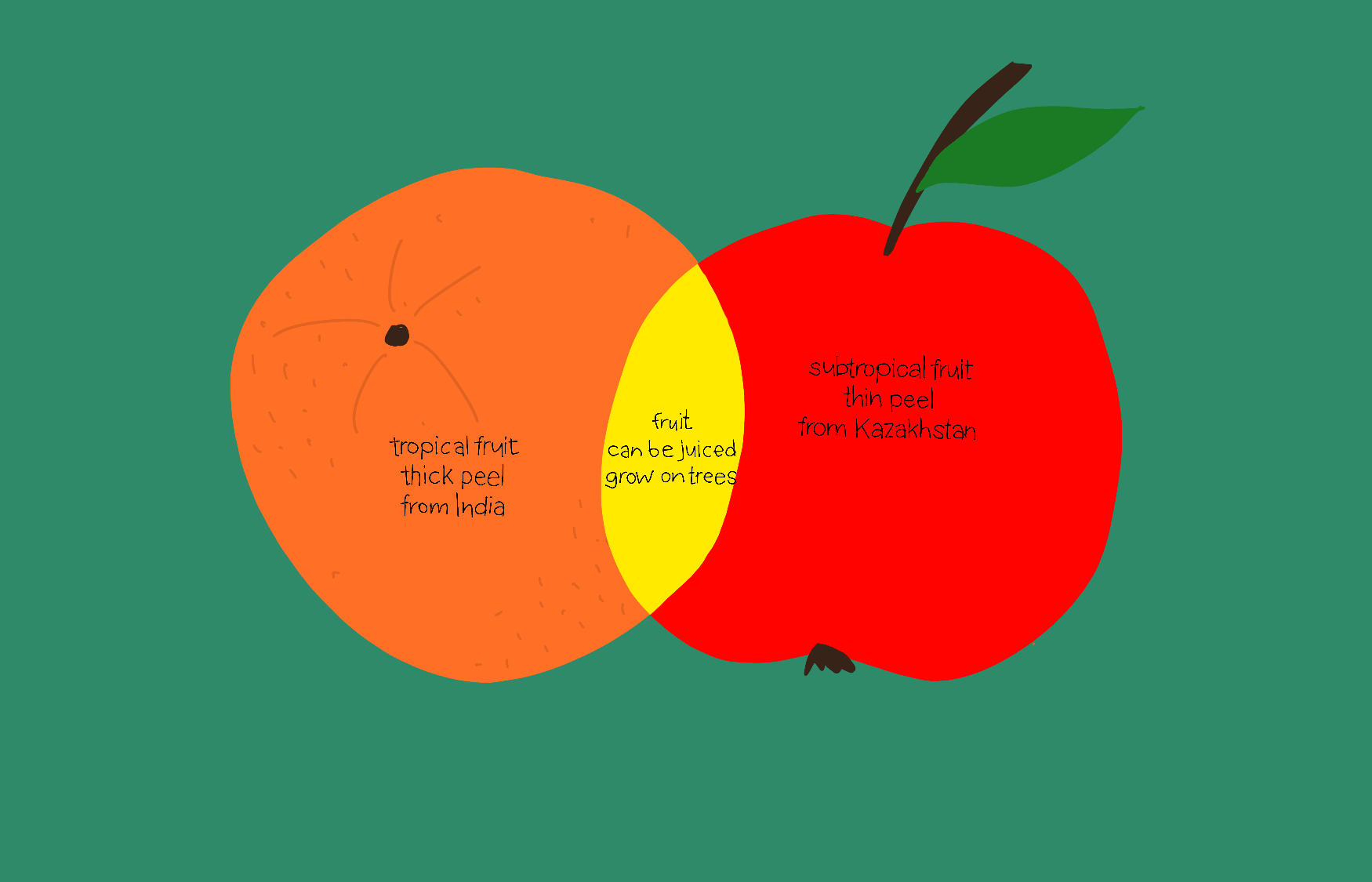
If you are more of a visual learner, creating a Venn diagram might be a good idea. In order to create it, draw two circles that overlap. In the section where it overlaps, note similarities. Differences should be written in the part of circle that does not overlap.
Another good idea for brainstorming in preparation for your comparison contrast essay is to create a list with 2 columns, one for each subject, and compare the same characteristics for each of them simultaneously. This format will make writing your comparison contrast paper argument a breeze, as you will have your ideas ready and organized.
To make your compare and contrast essay flow better, we recommend using special transition words and phrases. They will add variety and improve your paper overall.

- Kennedy was a Democrat, while Lincoln was a Republican.
- Lincoln fought in the Civil War and signed the Emancipation Proclamation, while Kennedy focused on civil rights, foreign policies, and a space mission.
Finally, get ready to compose a top-notch closure for the piece. Even though it comes last in your essay, it must be nothing short of perfect.
- Need regular walks with their masters to exercise.
- Can’t wash themselves.
- Need the training to maintain proper behavior.
These are the basic ideas on how to make your audience sit up and listen from the very first moment. Later on, develop this hook into a thesis statement.
How to write a compare and contrast essay
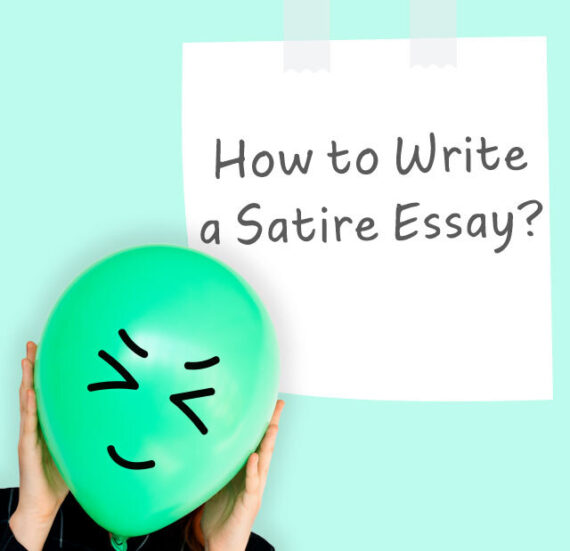
See? It’s not as difficult as you might have thought it will be. Still, you have to take your time to polish it and make it count.
Venn diagram is “a diagram that shows all possible logical relations between a finite collection of different sets.” It is an excellent tool to visualize the content and brainstorm ideas.
Paragraph #2: They were both assassinated on Friday (share the story and background of each of these cases).
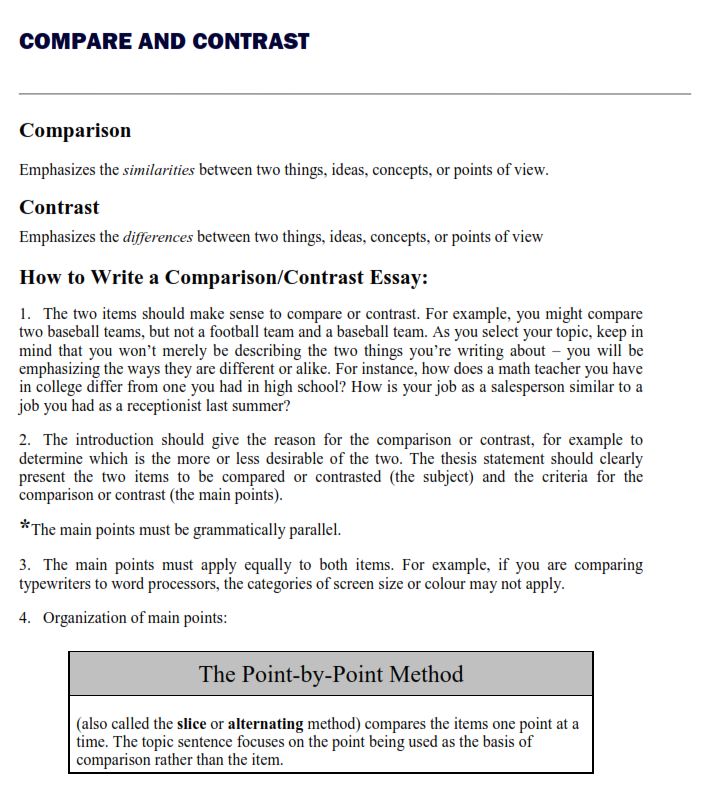
- A hook - which is a statement used to grab the reader’s attention and to make them curious about the topic so that they will read the essay. It can be a sentence or two which will be strictly related to the topic and kind of essay.
- The major similarity of difference - Precisely give the major comparisons and contrasts of the subjects or objects to make readers understand what your essay is about. Make sure you do not give extra information.
- Thesis statement - Just like every other essay, a compare, and contrast essay is also based on a thesis statement. The thesis statement is the main stance of the writer that needs to be presented in the introduction section.
If you have already been assigned a topic for your essay by the instructor you don’t have much choice so just understand the guidelines and requirements provided.
A compare and contrast essay is the most common type of essay that is written to observe and evaluate the similarities and differences between two objects or subjects. In this essay, the two objects of the same category are compared with each other to evaluate their similarities and differences.
After gathering information that you think is enough for your essay, find an approach that you will use to present the gathered data. There are two common approaches used to draft a compare and contrast essay: the block method and the alternating method.
Introduction
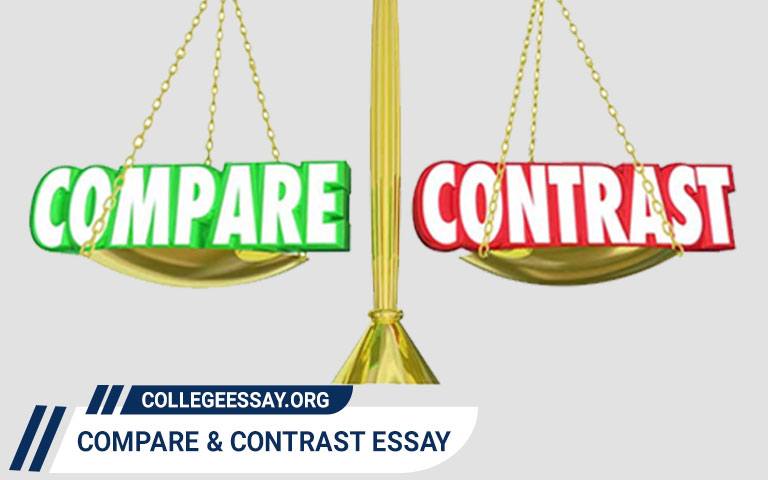
Continue reading the blog to have an in-depth understanding of the compare and contrast essay.
Start your compare and contrast essay taking the following steps:
In concluding paragraphs of an essay, the major points are summarized and the thesis statement is restated. Make sure that you slowly and gradually build the conclusion of your essay.
The objects or subjects you choose to compare should be the same, yet different in nature at the same time to draw a comparison. Brainstorm ideas that fascinate you or interest you and you know that the audience will like it as well.

Depending on the task you received from your tutor, in this particular academic paper you are either to compare several things or notions or contrast them.
If you aren’t sure you have the time and energy to craft a piece yourself, we’re here to help. Handmade Writing is a reliable place to order your academic papers from.
We guarantee that you can easily find a good title among the ones we suggested. If you find it hard to compose a good compare and contrast essay even after choosing one of our topics, don’t hesitate to us a line asking for help.
Crafting a compare and contrast essay is typically much more interesting and fun than working on a dissertation. With this piece of writing, a student gets his chance to be creative. Besides, one doesn’t have to re-invent the bicycle: these essays already have a purpose and a topic. All you have to do is find similarities or differences between specific notions. And yes, there is one more problem to it.
Recommendation of a tutor.

By the way, if you are looking for ideas or inspiration on how to write a scholarship essay, we’ve got something for you. We’ve gathered a guide that will walk you step by step through the process of composing a good essay that’ll get you college scholarship!
- Introduction.
- An engaging opening with a “hook.”
- A thesis statement that explains what is the focus of your writing and whether you’ll be comparing or contrasting the notions.
- If you don’t know how to write a thesis statement, here is a guide that will explain you all the details step by step.
- Main body paragraph #1.
- An argument #1 that supports the thesis statement.
- Evidence proving the author’s position.
- A short conclusion.
- Main body paragraph #2.
- An argument #1 that supports the thesis statement.
- Evidence proving the author’s position.
- A short conclusion.
- Main body paragraph #3.
- An argument #1 that supports the thesis statement.
- Evidence proving the author’s position.
- A short conclusion.
- Conclusion.
- A short reminder of a problem described in the essay.
- A brief overview of the similarities or differences (aka supporting arguments).
- A call to action or a interesting question to the audience.
In some cases, you have to use trusted sources to prove your point. Otherwise, your position might seem biased and subjective.
That is why we strongly recommend you to check whether the compare and contrast essay titles you opted can be supported by evidence found at the trusted sources.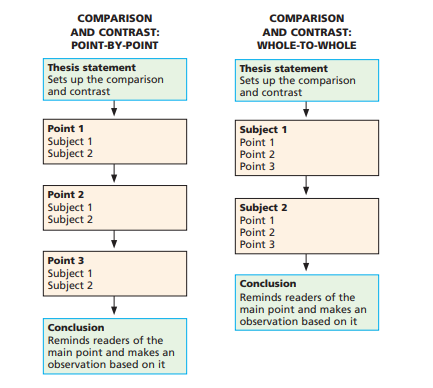
- Pick two topics that belong to the same broad category but have inherent differences. For example, prose versus poetry - both are forms of writing but are quite contrasting in nature.
- Pick two subjects that may not have anything in common other than one surprising similarity. For example, bats versus whales - one is small and flies, one is massive and swims, but both hunt by using sound waves.
- Pick two subjects that might appear to be the same but are different in many ways. For example, the Little Women novel versus the Little Women movie.
Each similarity or difference for one topic is examined and is subsequently followed by a study of the similarities or difference for the other.
So, look for credible sources, make notes of whatever information is available and highlight points that are important and are needed to be remembered. Making this draft will provide you with a proper lead in creating a thorough essay.
Give each topic equal time and information since the goal for this type of essay is to find similarities and differences between two subjects. Hence, if Topic A has 4 statements, make it a point to have 4 statements for Topic B as well.
1. Pick your topic carefully
Original: Source This type of essay examines two or more topics to compare their underlying similarities and contrast their subtle differences. Compare and contrast essays focus on bringing forward information that is not so obvious, arguing a point with hard facts or clearing up a dark area between different viewpoints.
The first step to a good essay is the structure. There are two ways to structure a 5-paragraph compare and contrast essay.
Use transition words as they are key to a smoother reading experience. For comparisons, use words such as -- similarly, likewise, comparatively, in addition to, etc. For contrasting, the following words can be used -- however, nonetheless, in contrast to, on the other hand, but, on the contrary, etc.

